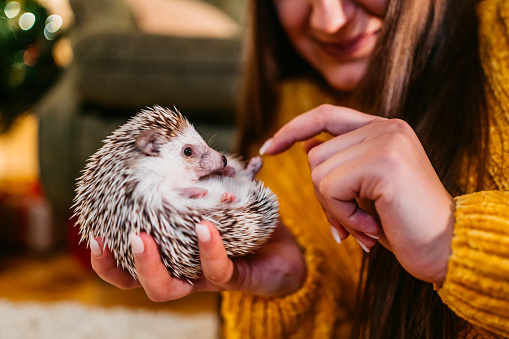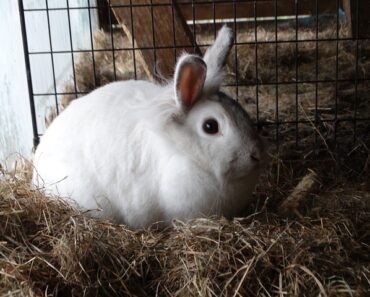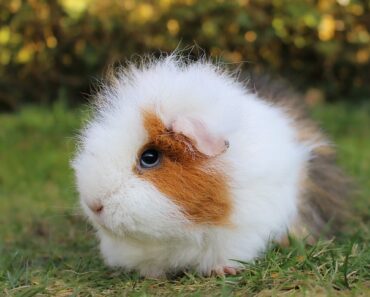Present in Asia, Africa, Europe and America, the hedgehog comes in about twenty different species. A small mammal that is popular for its endearing appearance, it is nonetheless a wild animal. What should you do if it invades your garden? Thanks to this article, you will know everything about him!

The origins of the hedgehog
Appearing fifteen million years ago during the Neogene era, the hedgehog is a small mammal of the Erinaceidae family. It has not known any evolution since, the fossils found being identical to the skeletons of the current specimens. Nevertheless, its symbolism has been modified over the centuries. During the Antiquity, the Egyptians attributed to him protective virtues and decorated the tombs of their representations. They accompanied the deceased in the afterlife and protected them. Then, in ancient Rome, the Latins studied its behavior at the end of winter, in order to predict the arrival of spring. Hated in the Middle Ages, it was associated with the vices of avarice and gluttony and used for medicinal purposes. Until the middle of the 20th century, it was considered a pest to be eradicated. The State rewarded individuals who killed them with a bonus. Now more appreciated by gardeners, the hedgehog is protected in France and in Europe, by a decree promulgated in 1981.
The character of the hedgehog
Its behavior
Very noisy when it is active, it growls, blows and sneezes. It uses its abundant saliva to cover its spines when hunting to camouflage its smell. When frightened or anxious, it screams and raises its spines on its back, then on its forehead. He puts himself in a ball, sometimes several hours, if he feels threatened by a predator.
Its sensitivity
Solitary, it seeks the presence of females only during the mating season and does not tolerate the presence of other males. He accepts to be approached gently by humans, but should not be touched until he is weaned. His mother could reject him if he is impregnated with your smell.
Its habits
Nocturnal animal, it sleeps during the day and is active at night, during which it hunts. He likes to move on a territory that can measure up to ten hectares, digging, climbing and climbing to overcome an obstacle. He builds his nest in a quiet place where he feels safe, near a wall or near the moss. If it is active from April to September, it hibernates the rest of the year.
The physique of the hedgehog
How to recognize it ?
The hedgehog measures about thirty centimeters long, fifteen centimeters high and weighs between 400 g and 1, 8 kg depending on its age and the season. This animal has four legs and five fingers on each of them, has two ears, a muzzle, thirty-six teeth and a small tail of about two centimeters. If its sight is extremely bad, its sense of smell and hearing are very sophisticated in order to flush out its prey, even underground. Its back is bristling with six thousand to eight thousand brown prickles with white tips. They are hollow and light hairs, hardened by keratin. They measure two to three centimeters long and fall out every eighteen months, then renew themselves. This warm-blooded animal has a body temperature of about 35° C and its heart beats one hundred and twenty times a minute when it is active. In hibernation, it is able to slow down its metabolism to eight beats per minute and reduce its temperature to 1° C.
What is its longevity?
With a life expectancy of less than two years in the wild, the hedgehog is extremely vulnerable during the first months of its existence. Indeed, more than six out of ten young die before the age of one year, because of the winter. Afterwards, they are regularly victims of accidents, poisoning from pesticides, drowning in swimming pools. Garden tools also represent a significant risk of injury for him. Conversely, they can live up to ten years in captivity, as they are better protected from predators and dangers.
The hedgehog in your garden
What does it eat?
The hedgehog is an omnivore that feeds mainly on beetles, insects, worms, larvae, snails and slugs. They will supplement their meals with bird eggs, fruit and mushrooms as they find them. In your garden, you can put cat food, bacon and a container of fresh water near his nest. We strongly advise against giving him milk.
How to protect it?
You can build a shelter or provide wood or compost to build a nest in your garden. If you spot an injured animal, or one that wanders during the day, go to a veterinarian or a care center.
What habitat does it live in?
The mammal builds its nest with dead leaves, twigs and dry grass. It particularly likes woods, embankments, hedges and bushes. Paradoxically, many of them reside in cities rather than in the countryside, because of the abundance of food and the absence of predators, such as owls or badgers.
When does it breed?
Breeding takes place between May and June. The female has a gestation period of about five weeks and gives birth in early summer. The average litter consists of two to six young that she nurses. Their pink skin contains no spines at birth, then becomes covered with three hundred white hairs that fall off after four weeks. They leave the nest once weaned, after two months.
In short: the hedgehog is a wild animal that should not be captured or caged. However, you can feed it before fall to help it hibernate in good conditions and build it a small isolated shelter to protect it.






